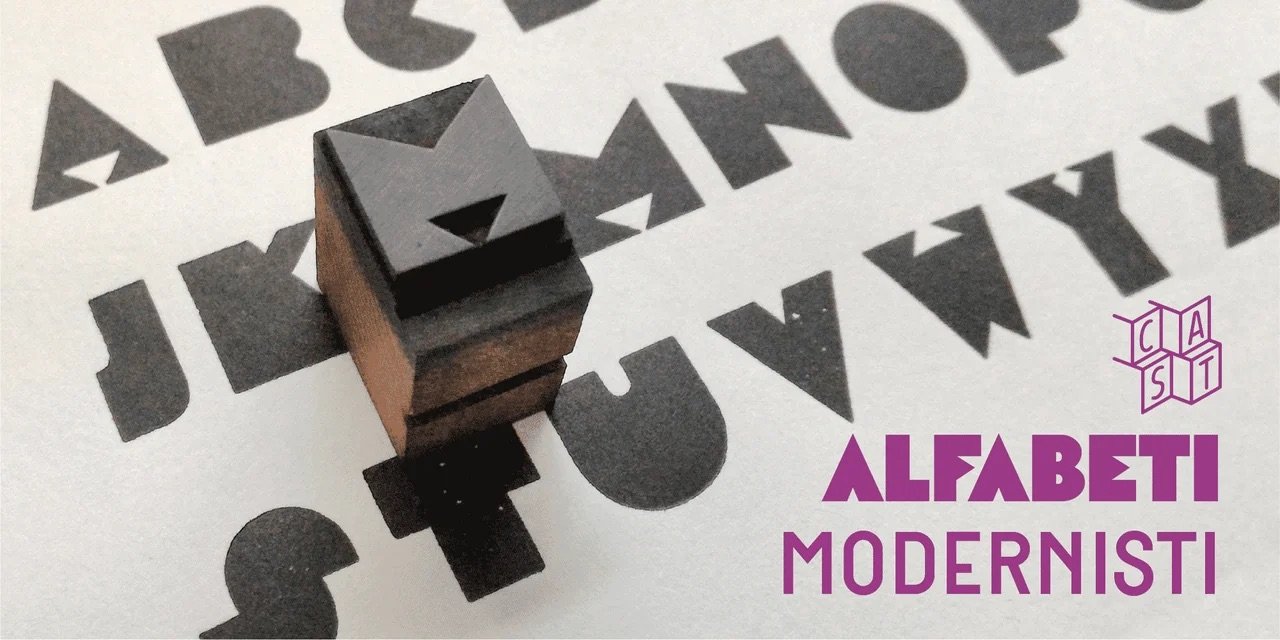
Drawing on Pop Culture with Gerard Huerta
A legendary lettering artist takes us on a 50-year journey through iconic logos, album covers, and the shift from analog to digital tools.
Renowned artist Gerard Huerta has applied the art of hand lettering across a diverse range of commercial industries over the past 50 years. From corporate logos and magazine mastheads to Swiss Army watch dials, movie titles, advertising, and record album covers, Huerta’s distinctive style has shaped visual culture.
Join us as we explore his creative process, from initial sketches to final inkings and color artwork. You’ll also gain insight into the evolution to digital tools and how this technological shift has transformed his approach to lettering and design.
Letterform Lectures are a public aspect of the Type West postgraduate program. The series is co-presented by the San Francisco Public Library, where events are free and open to all.
Gerard Huerta is a designer of letter forms. Born and raised in southern California he graduated from Art Center College of Design and began his career at CBS Records in New York creating artwork and iconic logos for Boston, Blue Oyster Cult, and later Foreigner, ACDC and many others.
He left CBS to expand his work beyond the recording and movie industry to design logos for HBO, CBS Records Masterworks, Spelling Entertainment, Nabisco, Calvin Klein’s Eternity, The National Guitar Museum, Monterey Peninsula Country Club, the mastheads of Time, Money, People, Architectural Digest and many others. He designed watch dials for the Original Swiss Army Watch and their complete line for fourteen years and also created original product illustrations.
Besides his graphic work, Huerta also designed the multi-necked fully-playable stringed instrument known as The Rock Ock for the National Guitar Museum, which is on tour along with his vintage guitar art. His work is in the permanent collection of The Museum of Modern Art.
Presented by the Letterform Archive.

Alfabeti Modernisti Italiani with Riccardo Olocco, Valentina Casali, Giulio Galli
Presented by the Letterform Archive. Learn more and register here.
Rediscover the bold, geometric letterforms that defined an era of Italian design.
For many years, Luca Lattuga of Anonima Impressori has been collecting and cataloguing modernist wood type (and some metal type) produced in Italy, which were very popular in the 1930s. Alongside Nebiolo’s bestsellers such as Neon, Italy saw the emergence of a plethora of original wood type designs. Often created by amateurs rather than professional type designers, these typefaces followed the European trend towards geometric lettering and can be seen as a local expression of vernacular typography.
Known today as “rationalist” typefaces (since the term “modernist” has never found favor among Italian critics and historians), they were widely used in advertisements, leaflets, posters, as well as on title pages, book covers, and magazine mastheads. While the Fascist regime promoted geometric letterforms — cunningly adopting the most advanced Art Deco trends in architecture and graphics — these typefaces enjoyed popularity across all levels of Italian society. They were not perceived as symbols of the regime and remained in use well into the 1960s.
Luca will present his findings in a book to be published by Lazy Dog Press in 2026. To support his research into these forgotten types, CAST has created digital revivals of the best designs Luca has uncovered. These revivals, released as Alfabeti Modernisti, are now available as part of CAST’s typeface collection and can also be accessed on Adobe Fonts. The collection was designed by a team of CAST members and collaborators, following a faithful and respectful approach to the original sources.
Three members of CAST will introduce the collection and present their revival work, focusing on the small changes that have been made to the original design in order to produce digital fonts that meet the expectations of contemporary users.
Letterform Lectures are a public aspect of the Type West postgraduate program. The series is co-presented by the San Francisco Public Library, where events are free and open to all.



